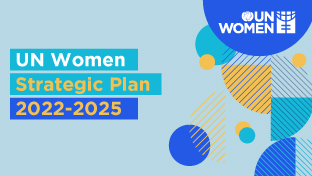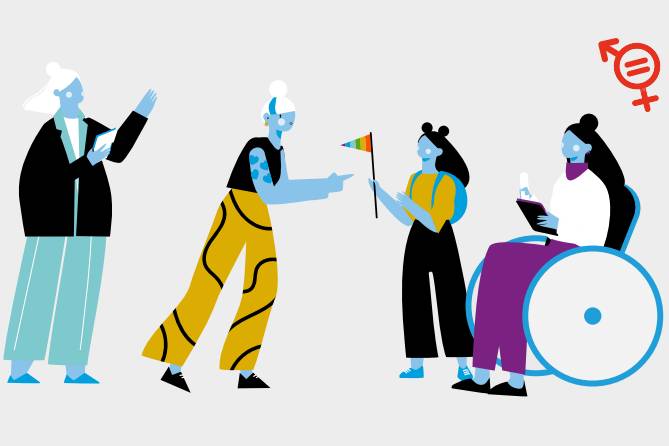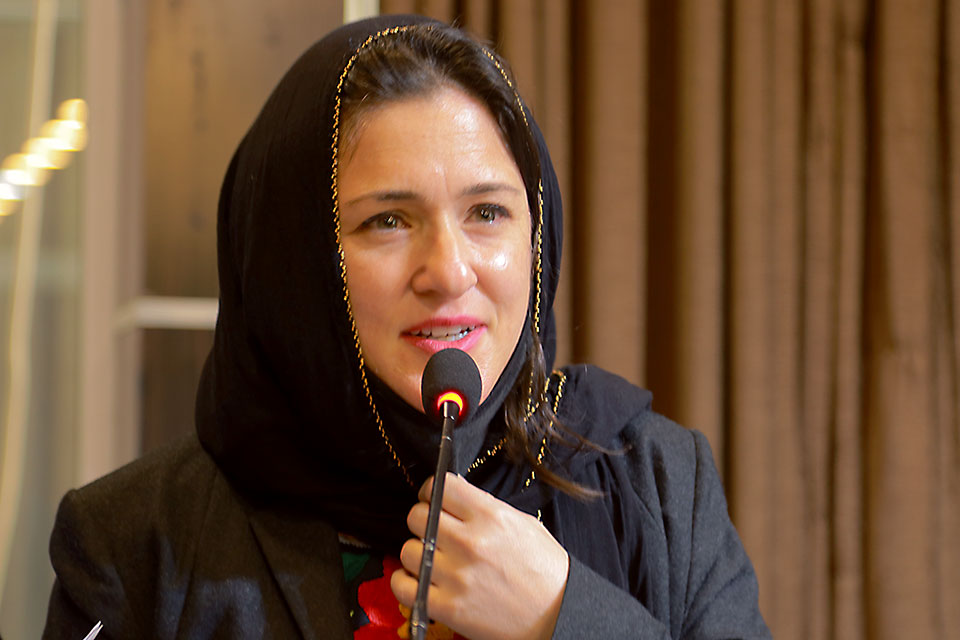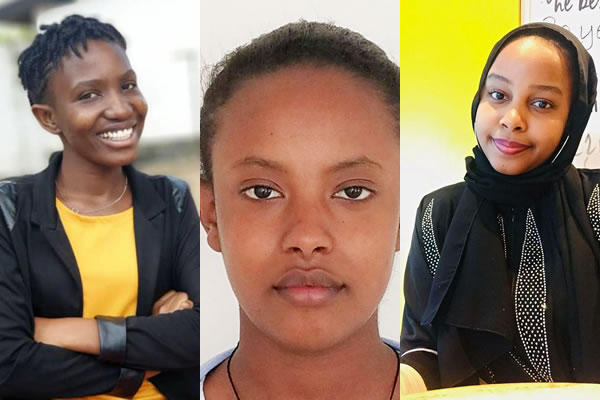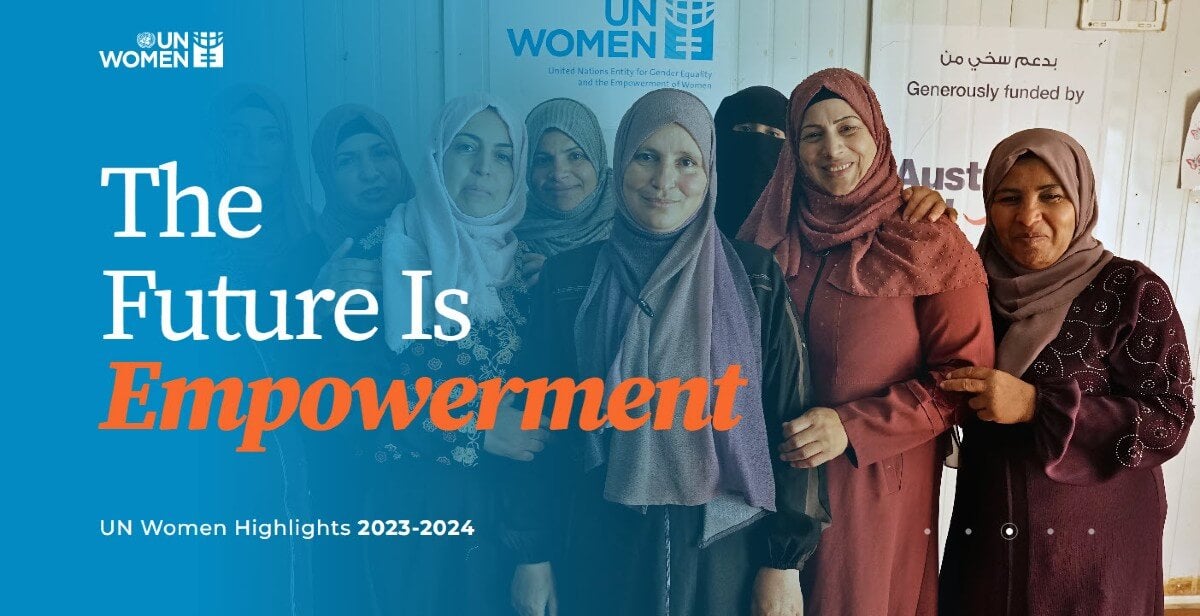Facts and figures
Facts and figures: Humanitarian action
In 2025, nearly 305 million people require humanitarian assistance and protection, and 123 million were forcibly displaced worldwide by mid-2024.
Women and girls living in humanitarian contexts face some of the most severe gender inequalities, including limited access to decision-making, education, work, sexual and reproductive health services, and a greater risk of gender-based violence.
- Women in conflict settings have less financial autonomy and are at increased risk of intimate partner violence, including physical, emotional, and sexual abuse.
- Of the 3,866 verified cases of conflict-related sexual violence in 2023—a 50 per cent increase from the year before—women and girls accounted for 95 per cent. Protracted conflicts, climate shocks and global health crises have driven a sharp rise in food insecurity, especially among women. Women and girls make up 60 per cent of people who are chronically food insecure.
- Every day over 500 women and girls in crisis settings die from preventable pregnancy and childbirth complications.
- Girls in conflict zones are 2.5 times more likely than boys to be out of school, limiting their future opportunities.
- Around 112 million school-aged girls are affected by crises globally. In crisis-affected regions, 54 per cent of girls are out of school, twice the global average.
Investing in gender equality saves lives in humanitarian settings
- Despite evidence that gender-responsive humanitarian programming delivers high returns—with a median value of $8 for every $1 invested—funding for lifesaving services such as reproductive health and gender-based violence protection falls short of what is required to address growing needs.
- In 2024, funding to protect against gender-based violence accounted for only 1.3 percent of the total funding received for humanitarian response plans and appeals.
- The gender-based violence global sector received a mere 32 per cent of total funding required. While still relatively low, this was a marked improvement from 26 per cent of funding received in 2023.

